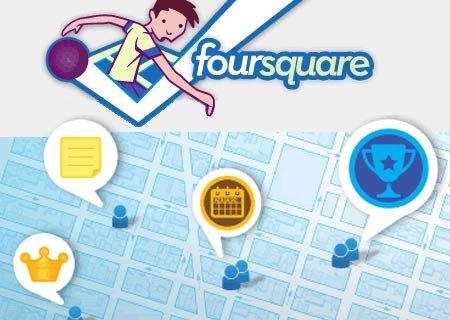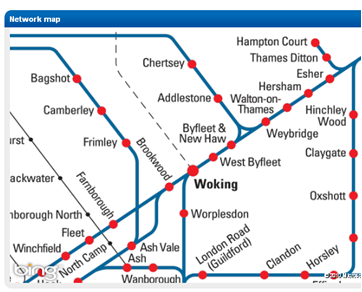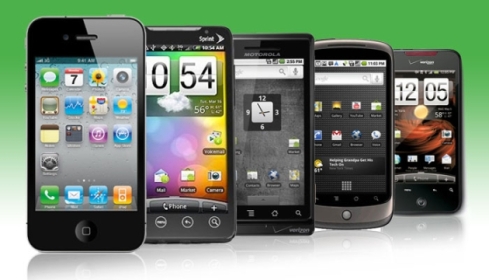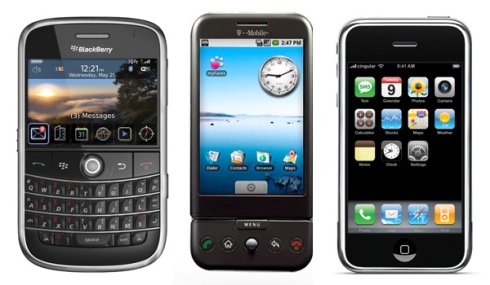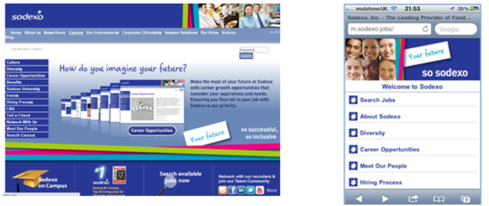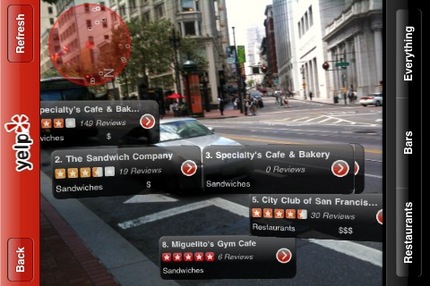A few weeks back I attended the end of year recruitment conference hosted by Louise Triance of UK Recruiter
The topic of mobile recruiting was high on the agenda, as it has been for much of this year and Matt Alder of Metashift gave a few examples and some pointers for recruiters to think about on the subject. For those in-house recruiters looking to get up to speed quickly on mobile recruitment, trends, strategies & tips, then I would recommend you have a browse through the following 2 papers/reports:
1) Mobile Recruiting Guide – 2012
http://s3.amazonaws.com/pocketrecruit/assets/MobileRecruitingGuide2012FINAL2.pdf – split into 3 easy to read sections, ‘Strategic Thinking’, a ‘How Too Guide’ and a ‘Checklist’)
2) Mobile Recruitment Survey
http://www.educate-direct.com/mobile-1
The MoRecNews blog is also a good source of mobile recruiting info: http://morecnews.com
The purpose of this article is to simply show a few examples of mobile career sites from companies that seem to be on the right track with their mobile recruitment strategies. This isn’t about illustrating a perfect end to end mobile recruitment process as no one seems to have nailed it yet. Essentially these are sites that provide a good mobile user experience that allow you to learn more about the companies as a candidate and to search for jobs. I’m not looking at actually applying for a job on my phone.
The fundamental difference in the user experience between a desktop and a mobile optimised site is how you navigate around. When I get bored on the commute to work I often play games on my mobile to pass the time (Like Temple Run – my current high score is 1,633,302, just shy of 9,000m….that’s pretty good!).
As I escape from rabid apes, jump chasms and slide under trees, I do so while holding my phone with one hand and using my thumb to navigate the obstacles – simple. You use your thumb a lot when navigating around and using apps on your smart phone, so you can expect candidates to want a similarly easy experience when exploring a mobile careers site. If you’re looking into a mobile recruitment for the first time, then rather than view the subsequent screen shots, I encourage you to actually explore these sites on your own smart phone.
AT&T (US)
The first mobile careers site I checked out was that of AT&T (US). Matt had shown some screen shots during his presentation (you can view Matt’s mobile recruitment slides here) so I thought I’d take a look for myself.
As soon as you land on their mobile career site, you can see it’s has nice big, clear thumb friendly icons.
As you continue to explore the site there are some brief explanations of each function and it’s very easy to navigate around, learn about the various departments, and to perform a job search.
I wasn’t expecting to be able to apply for a job on my phone (often once you are searching through jobs, you’re in the ATS environment, and if your ATS is not mobile optimised, it ruins the experience) but you do have the option to email a link of the job to yourself to complete your application at a later time. Overall it’s a very simple, easy to navigate site. Note the home page button is in the top right corner, again thumb friendly.
Given I was randomly searching while on a train on the way home, finding other mobile optimised career sites was difficult. Finding any UK sites proved fruitless so I took a look at some of the big US brands.
Starbucks (US)
Another easy to navigate site that incorporates multimedia action as well. An icon displayed in the top right of the screen provides a drop down if you want to learn more about the corporate side of the business. Candidates like consumers want a nice mobile experience too.
Scrolling down from the home screen you can click on various functions to learn more. It’s full of additional videos and short employee testimonials.
When I wanted to view and search individual jobs I was faced with the issue of being directed within a non-mobile optimised ATS environment, a challenge many companies are facing. The mobile careers site itself, is good, and just to compare how it looks compared to a non mobile optimised site, have a glance at the UK version of the same company’s careers site on a smart phone.
I know which one I would prefer (and spend more time exploring) if I was a candidate.
Sodexo
Sodexo have won numerous awards and praise for their overall mobile recruitment strategy (click here to learn more about that).
Again the site is easy to navigate on your phone (perhaps a little less thumb friendly than the earlier sites, but when you consider this mobile careers site has been around for 2 years or so, it’s still way ahead of the game compared to most). There’s a whole bunch of easy to access information on different career paths and short snip-its from what employees have to say about working for Sodexo.
These are just a few examples to illustrate what some companies are currently doing regarding mobile recruitment, and to stimulate you to think about your own site.
Another useful thing you can do to help get your head around mobile – if your business has a corporate mobile optimised site already, ask marketing or the web team to show you the mobile CMS (Content Management System) assuming you have one. You might be pleasantly surprised (if built right) at how easy amending and changing the content of a mobile site can be.













